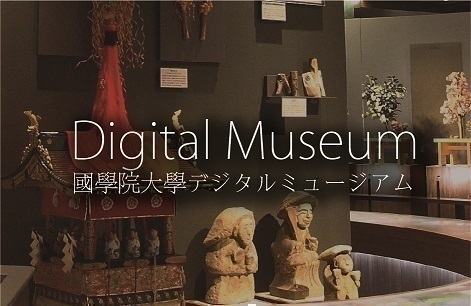- トップ
- Encyclopedia of Shinto
- Bettō
Encyclopedia of Shinto
| Main Menu: | |
| Links: |
詳細表示 (Complete Article)
| カテゴリー1: | 3. Institutions and Administrative Practices |
|---|---|
| カテゴリー2: | Officiants |
| Title | Bettō |
| Text | One term for shrine monks (shasō) performing Buddhist rites at shrines and jingūji (shrine-related temples) during the era of shinbutsu shūgō (the amalgamation of Shintō and Buddhism). The term bettō is usually understood to refer to the head of one institution who also serves as the head of another, but actual usage in fact applies the term simply to the head of some institution. A variety of related terms exist, such as seibettō (head monk), gon-bettō (provisional monk), dai bettō (chief monk), shō bettō (junior monk), bettō dai (alternate monk), rusu bettō (a monk who served as bettō during the absence of the actual bettō), and shūri bettō (monk in charge of repairs). Those associated with shrine duties who were not Buddhist priests were called zoku bettō. Examples of shrines that appointed bettō include Iwashimizu Hachimangū, Kehi Jingū, Tsuruoka Hachimangū, Hakone Jinja, Kunōzan Tōshōgū, and others. Bettō seem to have been particularly numerous at shrines with strong Hachiman or gongen (avatar) devotion. Bettō were appointed for three or six years, and there are also examples of their appointments being re-confirmed when a new shogun (military ruler) took over. — Nishimuta Takao |




